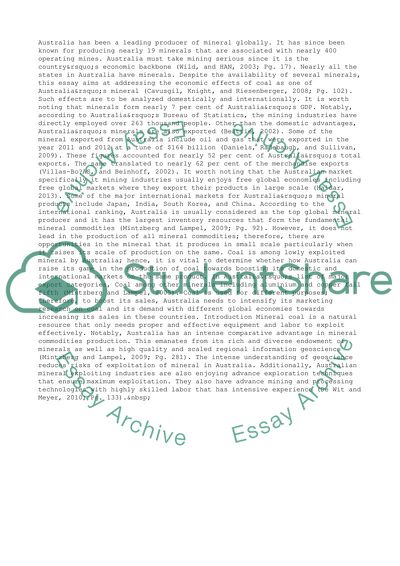Cite this document
(“Issues in Global Business and Strategic Concepts Essay - 3”, n.d.)
Retrieved from https://studentshare.org/business/1495531-issues-in-global-business-and-strategic-concepts
Retrieved from https://studentshare.org/business/1495531-issues-in-global-business-and-strategic-concepts
(Issues in Global Business and Strategic Concepts Essay - 3)
https://studentshare.org/business/1495531-issues-in-global-business-and-strategic-concepts.
https://studentshare.org/business/1495531-issues-in-global-business-and-strategic-concepts.
“Issues in Global Business and Strategic Concepts Essay - 3”, n.d. https://studentshare.org/business/1495531-issues-in-global-business-and-strategic-concepts.


